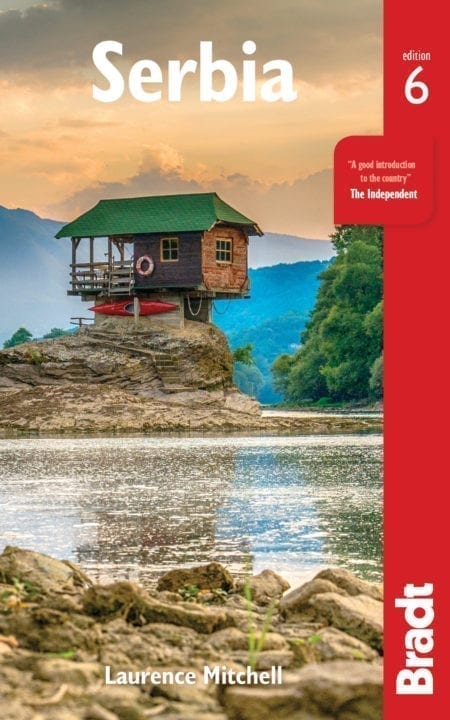An essential part of any trip to Serbia’s northern region of Vojvodina is to visit some of the Fruška Gora monasteries. In the period between the 16th and 18th centuries, a total of 35 monasteries were built in these hills. Today, just 17 remain, tucked away along the length of the range.
Some, like Bešenovo, Kuveždin and Šišatovac, are just ruins these days. Others, like Divša, Rakovac, Grgeteg, Jazak, Staro Hopovo and Velika Remeta, which have suffered similar heavy damage, have been completely or partially restored, although nothing can realistically be done to faithfully restore the frescoes that formerly graced Krušedol, Vrdnik-Ravanica, Mala Remeta, Petkovica and Privina Glava monasteries.
The monasteries were founded during the period of wars and migrations caused by Turkish occupation further south. They became vital communities that ensured that Serbian identity and Orthodox religion would survive through difficult times. They also became places of pilgrimage, filled with sacred art and the relics of Serbian saints that attracted both pilgrims and patrons alike.
It would take a real enthusiast to visit all of the monasteries, and it is probably best to concentrate on just two or three in order to avoid ‘monastery fatigue’, a temporary psychological state that is even more common in central Serbia than it is here. Here are our suggestions for which ones you should pencil in to your itineraries:
Krušedol
Probably the most visited monastery in the Fruška Gora range, this lies 8km east of the small town of Irig and was founded in the early 16th century by Đurađ Branković, who ruled Serbia for about ten years before becoming an archbishop. It has been destroyed and reconstructed on several occasions since. Most of its frescoes are from the mid 18th century although a few 16th-century remnants remain.
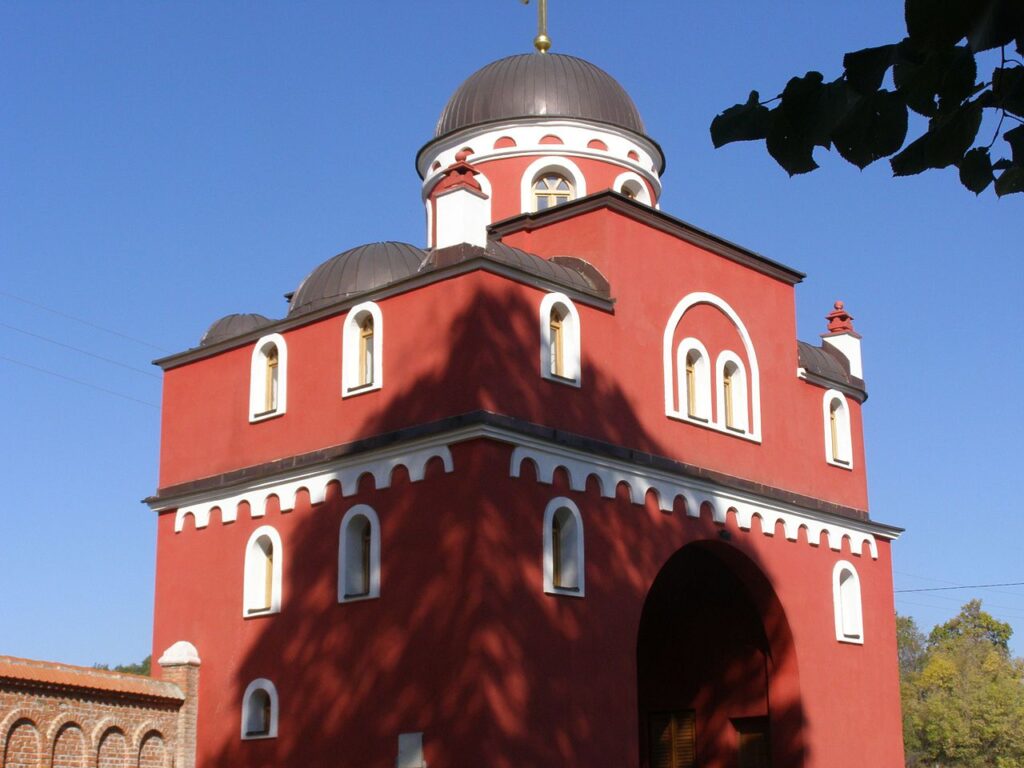
The church, which also contains the remains of many members of the Branković family, as well as King Milan Obrenović (died 1901), was used as a prison by the Ustaša during World War II – many Partisans were tortured and murdered here.
Grgeteg
Further to the west, Grgeteg was founded between 1465 and 1485 by Despot Vuk Grgurević. The monastery was deserted before the great migration but was renovated by Bishop Isajia Đaković in 1708.
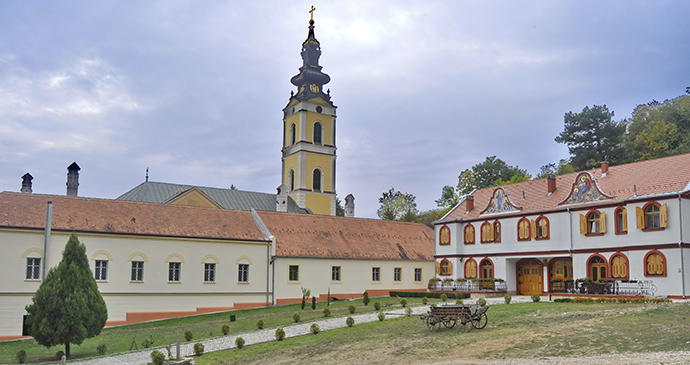
It has been restored again in recent years. Grgeteg has an icon of Mother Trojerućica that is a copy of the famous icon from Hilandar Monastery at Mount Athos, Greece.
Novo Hopovo
Built in 1576, the monastery is located 7km from Irig, next to the main road that leads to Novi Sad. The church shows a Byzantine influence in its design, rather like those of the Morava School, and has an elegant 12-sided dome that is encircled by colonettes.
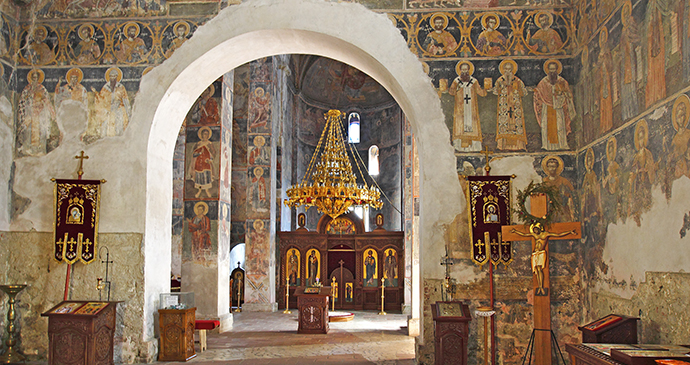
Inside, there is the famous fresco of The Massacre of the Children at Vitlejem by the painter Teodor Kračun. The monastery was badly damaged during World War II, its iconostasis torn down and religious treasures stolen.
Velika Remeta
Close to Sremski Karlovci in the eastern part of Fruška Gora, Velika Remeta was built, entirely of bricks, during the 16th century. There is some evidence to suggest that the monastery already existed in 1509.
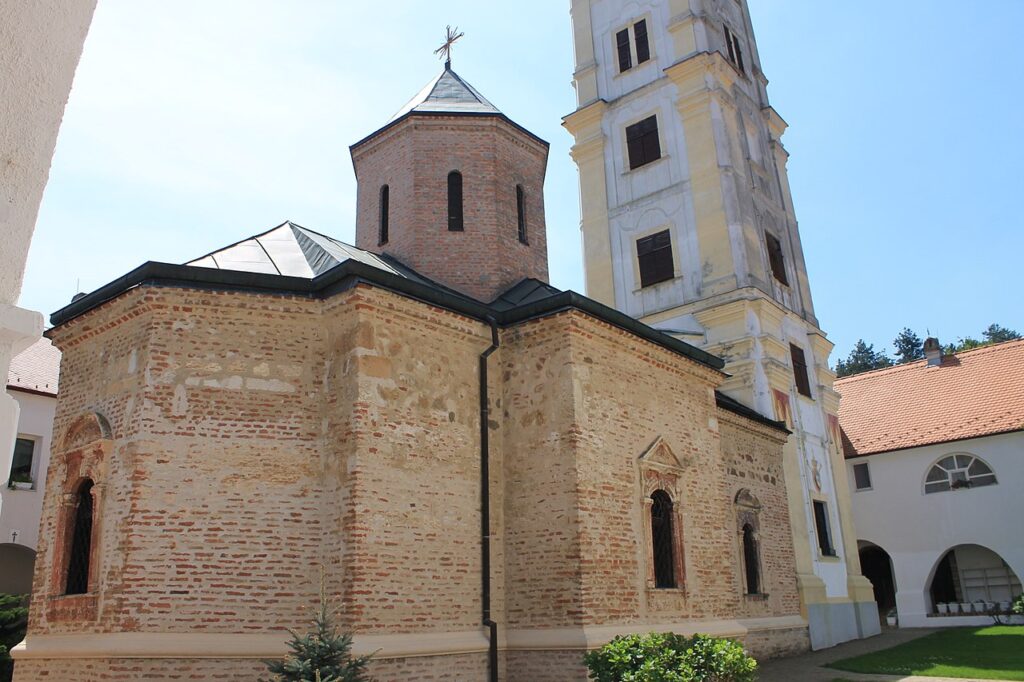
The bell tower, built 1733–35, is one of the tallest in the region at nearly 40m high. Most of its frescoes were destroyed during the last war.
Mala Remeta
Founded by Stefan-Dragutin Nemanjić, it lies 2km west of Jazak. Monks from Žiča Monastery came here to live at the end of the 17th century.
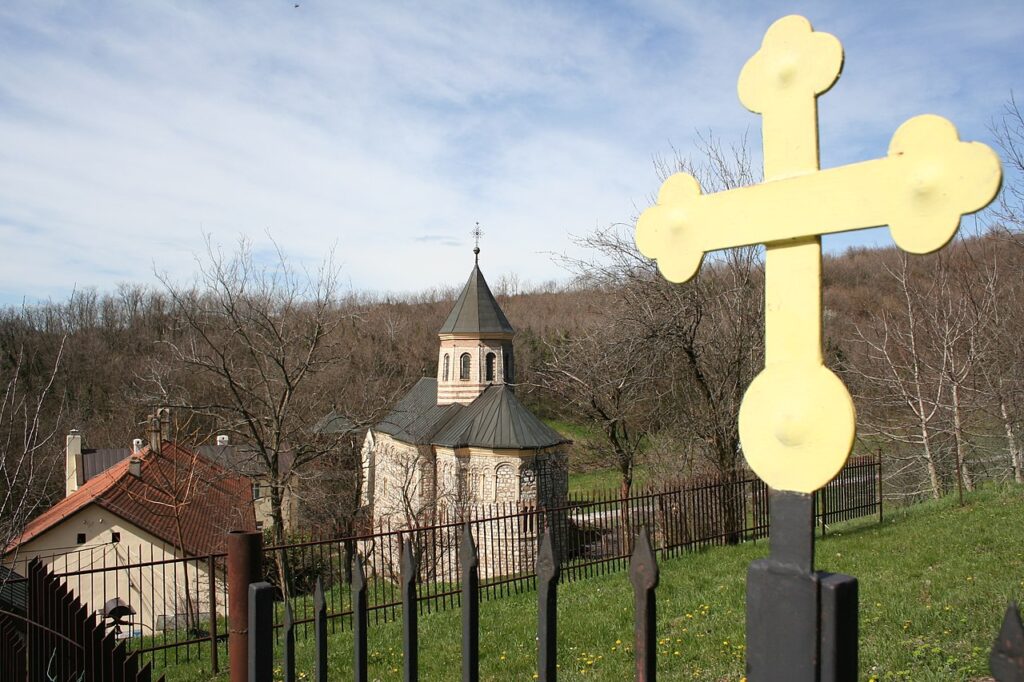
The original church was destroyed by the Turks and the present one dates from 1759.
Ravanica
The monastery lies close to Vrdnik, a former mining settlement. The date of its founding is unknown but it is mentioned in documents from 1589. Monks from the monastery of Ravanica in eastern Serbia arrived here in 1697, bringing with them the relics of Prince Lazar.
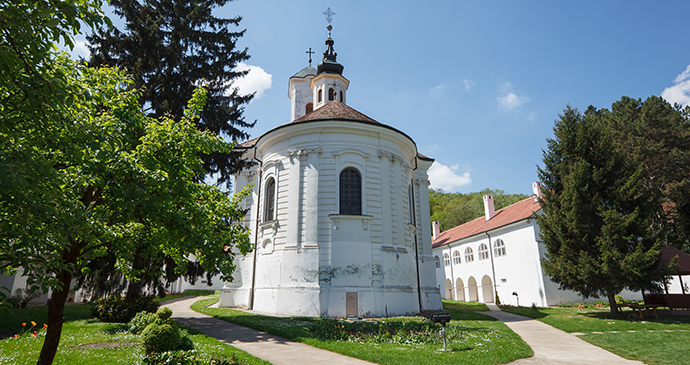
Lazar remained here until World War II when he was temporarily moved (with German assistance) to Belgrade to prevent his remains falling into disrespectful Ustaša hands. The current church dates from 1811.
Jazak
Some 2km north of the village of the same name, this monastery probably dates from the first half of the 16th century.
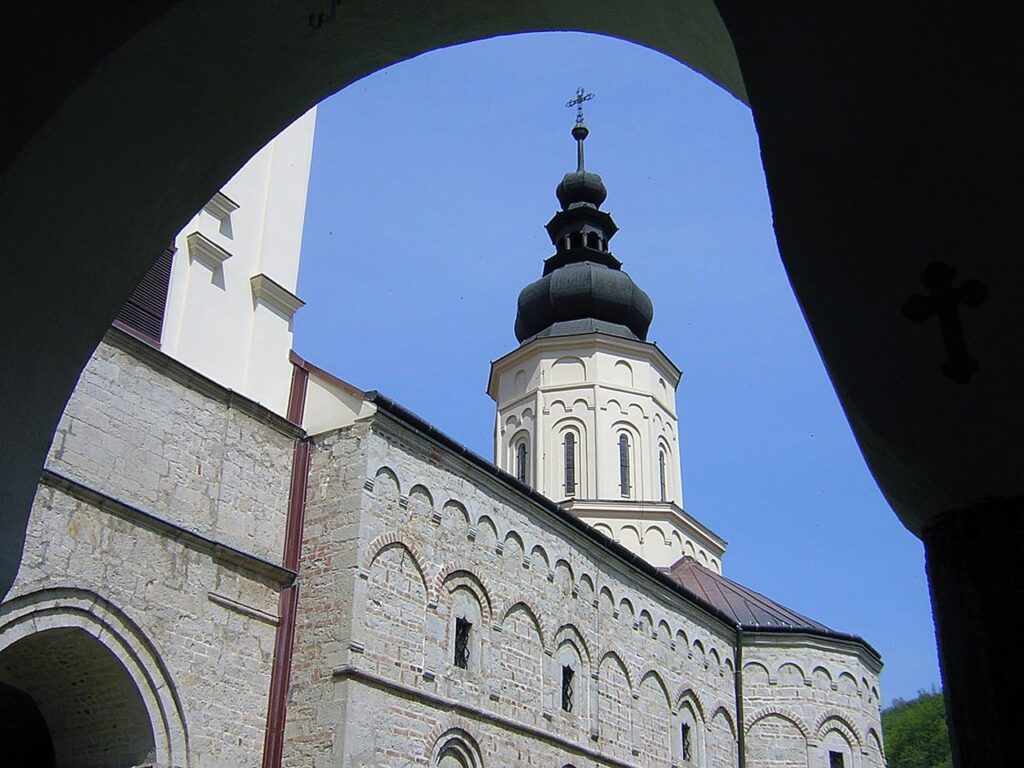
The relics of King Uroš Nejaki were kept here from 1705 to 1942.
More information
For more information, check out Laurence Mitchell’s guide:
